
Mark Mann, one of the world’s most successful celebrity photographers, is terrified. Although he’s photographed everyone from presidents to movie stars to business titans, today’s session has the Glasgow-born photographer “shaking like a wee ‘bairn’” (Scottish for “baby”). He knows he doesn’t have much time to make this portrait.
He quickly checks the lighting on set. It’s OK. Backdrop is in place. Today’s subject, a well-known Oscar winner, sits patiently on a stool. So far, so good.
Mann asks his assistant, Alex, “Are we set?” The answer comes back, “Yep.”
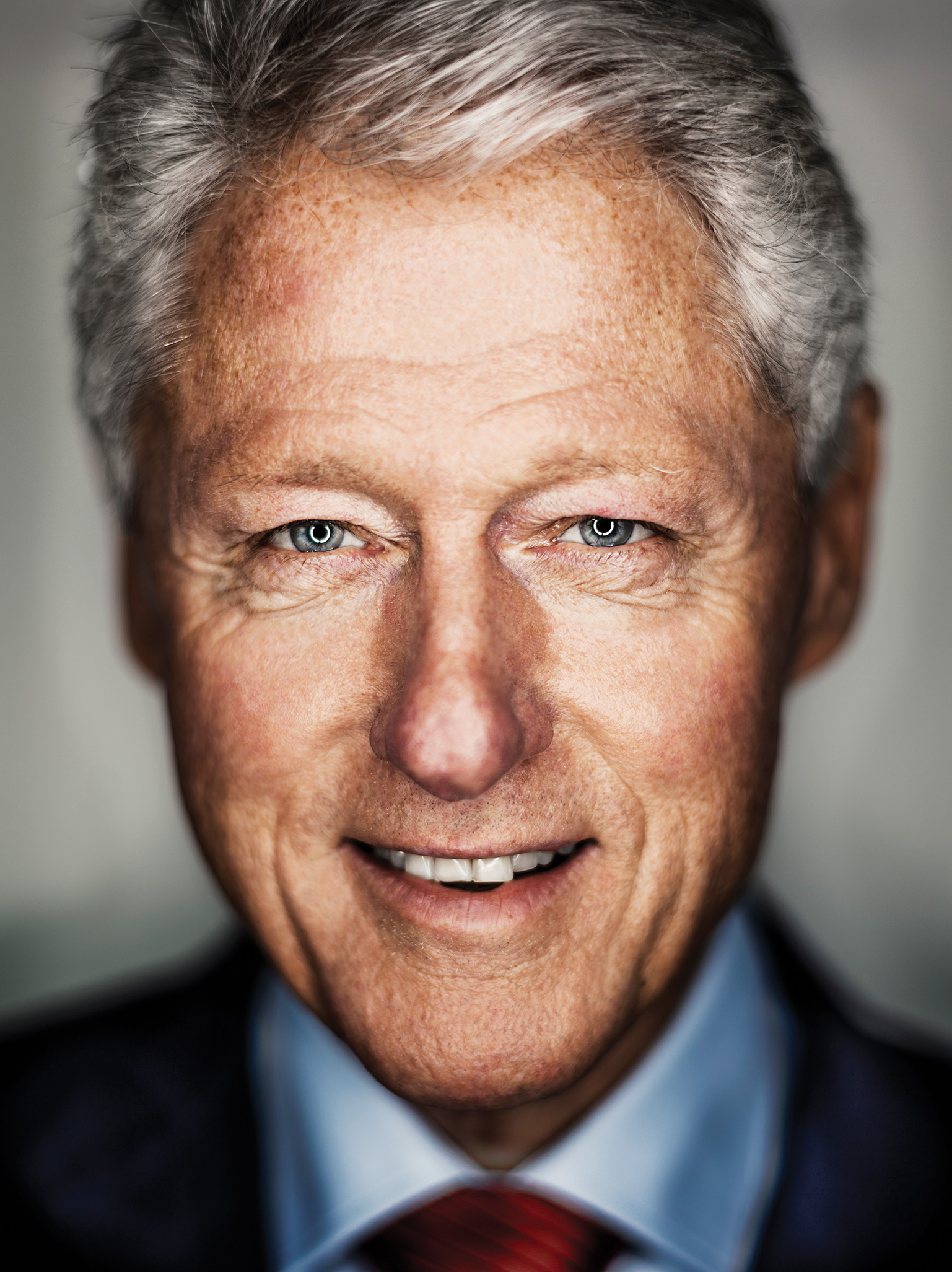
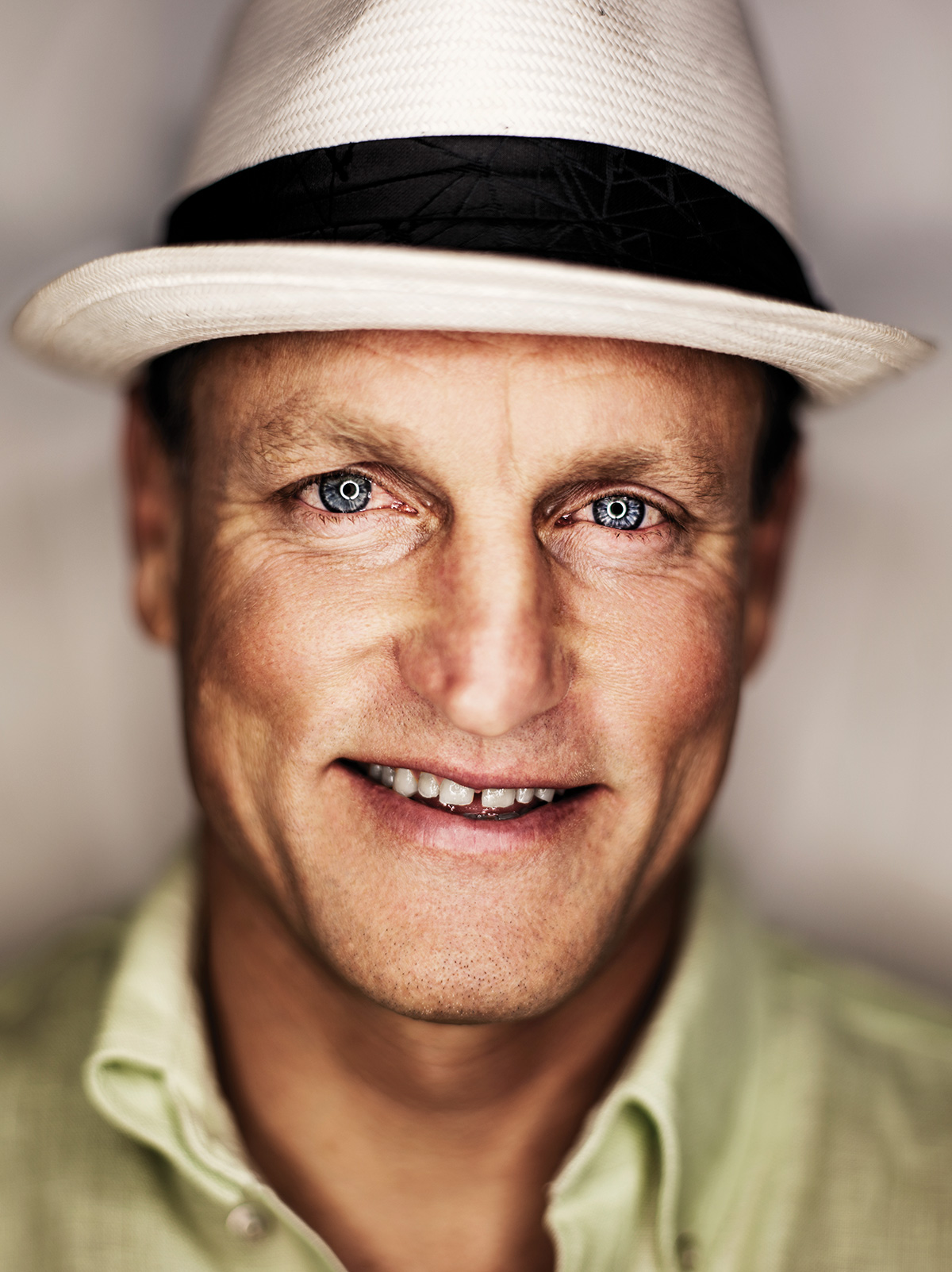
Alex hands Mann his camera and he raises it to his eye. But it feels like it’s coming apart in his hands. He instinctively grabs the lens and is shocked to feel that it’s turned to Jell-O. Panicking, he turns to Alex and asks him for another camera.
He snatches it, instantly realizing that it, too, is oozing from his hands. “Nooooo!”
“And then I usually wake up,” says Mann as he sits on a comfortable couch in his studio on Manhattan’s West Side. He smiles broadly. “Welcome to my recurring anxiety dream. It’s one I have regularly, and it rarely fails to wake me up.”
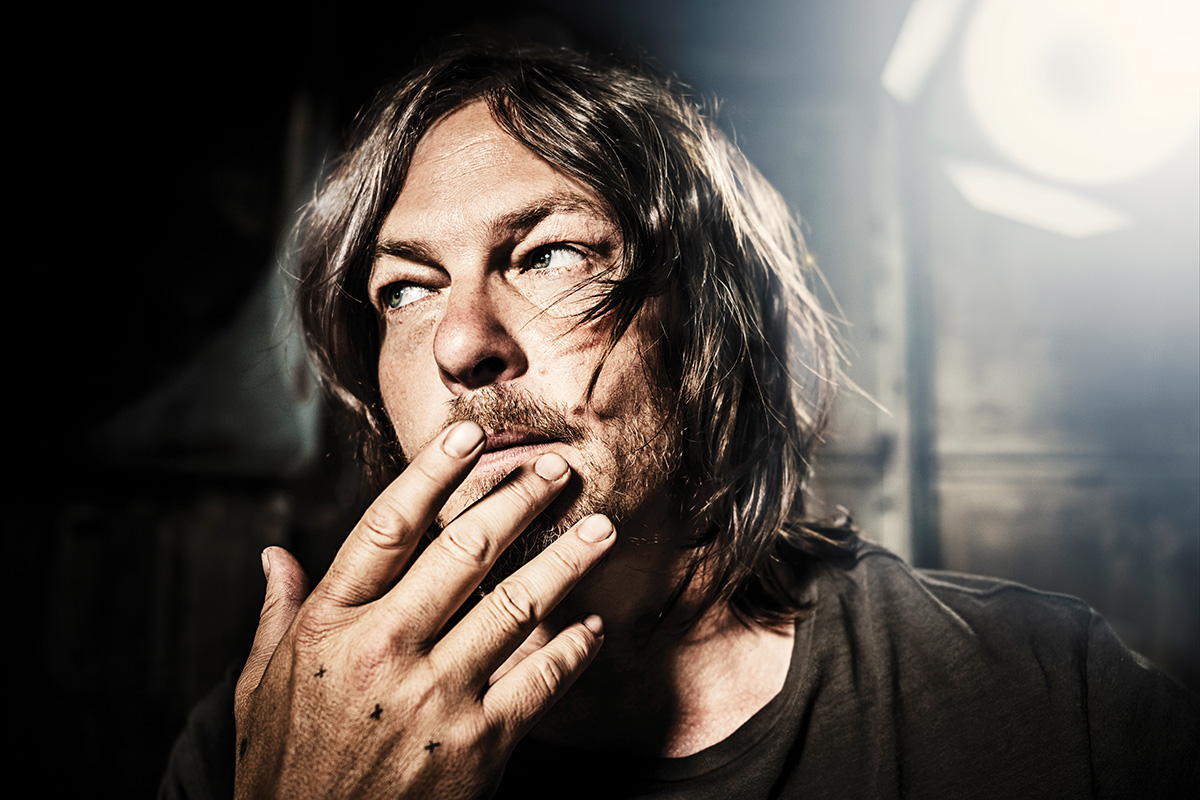
The dream used to bother the heck out of him, he says, “But I’ve come to realize that being anxious about getting a good photograph can be a good thing. Indeed, I’ve discovered that if you aren’t nervous—at least a little—it may be time to start worrying. If you ever find yourself just calling it in, you’re in trouble.”
But the 52-year-old has photographed countless celebrities for the world’s most prestigious publications. Surely his success has made him confident in his abilities. “Not so,” he answers. “I am always nervous before a shoot. But no one sees it.” He settles back on the couch, laughs, and continues with a Scottish accent as thick as a Highland fog, “Here’s my secret: I have always had the ability to fake confidence.”
Only a Moment
It’s evident from Mann’s portfolio that—anxiety dreams aside—he’s mastered the art of forging a link with virtually everyone he photographs. That connection is the reason he’s been commissioned to photograph so many celebrities and icons, including presidents Barack Obama and Bill Clinton, plus Robert Redford, Robin Williams, Willie Nelson, and Jane Fonda, among many others. His portrait, advertising, and commercial work has appeared in publications such as Esquire, The Washington Post Magazine, Fortune, Parade, Vibe, and Spin and have helped earn him the title “master of the modern portrait.”
Ask him how he’s made it in the highly competitive field of celebrity photography and he’ll hem and haw a bit before trying to change the subject. “Well, I’m still learning,” he’ll say. But dig deeper and Mann reveals some of his trade secrets—how he makes those connections with his subjects, for example.
“Making a connection with your subject is the most important thing a photographer needs to do,” he explains. “If you don’t make a real connection, you are not making a portrait; you’re just taking a picture. And the best way I have found to do that is to start a conversation with them about something that interests them. Then for that brief moment—that window in time—they can forget where they are or what they are supposed to be doing. What you are after is that brief, authentic moment when the window opens.”
Mann offers examples from some of his most successful assignments to help explain how he captures that special moment.
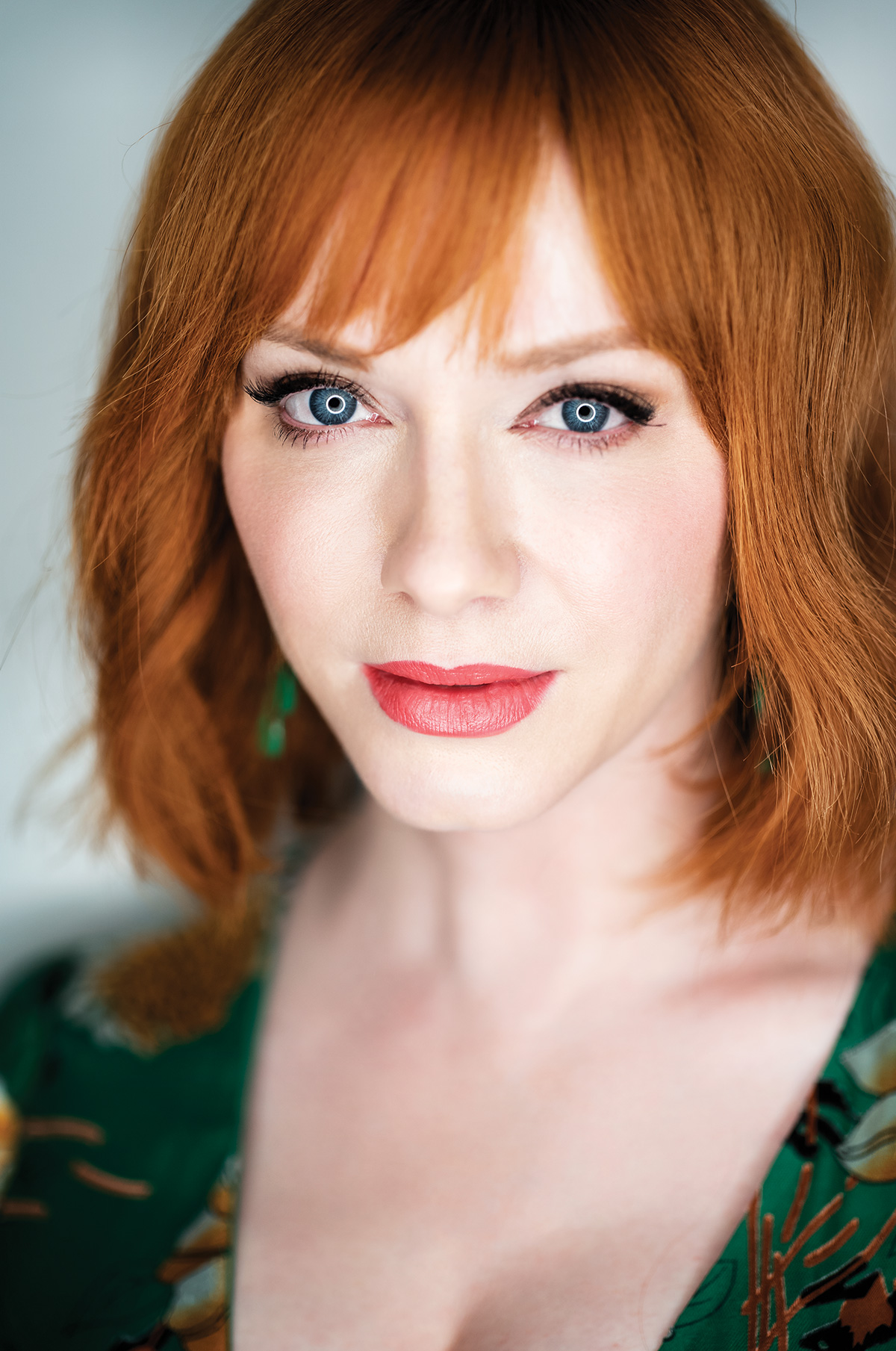
Don’t Overdirect
“I try to avoid the ‘Chin up,’ ‘Chin down,’ ‘Look left,’ ‘Look right’ style of directing a subject,” says Mann. “Also, I don’t want to ask a subject to do something that they don’t want to do. For example, if they’re not in a good mood and don’t want to smile, I’m not going to try to force them to. What’s the point? It will look fake. While I’ll work to engage them, I want a portrait that is genuine, not forced. I want a portrait to be about what the subject is, not what I have directed them to do.”
Sometimes, says Mann, the photo gods will smile upon you. He remembers the time he was about to photograph Christina Hendricks, the award-winning actor who rose to fame while starring in the television series “Mad Men.” Mann started a manic dance routine and asked if she was related to Jimi Hendrix.
“She looked at me like I was an idiot—rightly so—and gave me a fake smile. I thought I’d blown it.”
“I was trying to recover from that gaffe when I watched her look down at the floor. Then she lifted her head, looked into the camera, and did her own pose. Beautiful! Unforgettable! I did nothing. She handed it to me on a plate. That’s a miracle that rarely happens.”
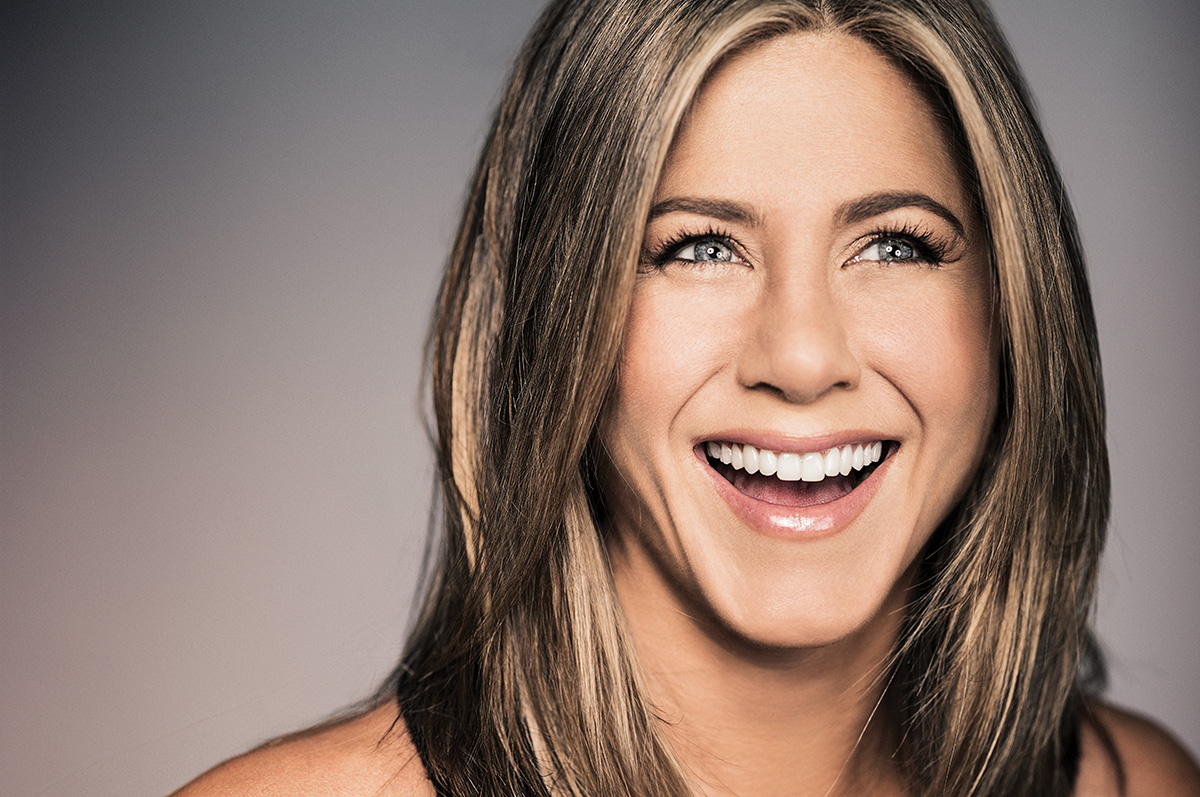
Create the Moment
Celebrities, explains Mann, are tricky to photograph: “So many of them have their go-to, standard expressions that they have used time after time and seem happy with. It’s my job to get something that’s more genuine.” When he began a session with Jennifer Aniston, she was giving him what he had seen countless times before, he recalls, an attractive smile. But he wanted something more. “Are you going to make another season of ‘The X-Files?’” he asked to throw her off guard. “She paused, quickly realized that I was joking around, and her eyes lit up. Then she gave me this genuine, megawatt smile,” remembers Mann. “I know this could have gone the other way; she could have thought I was a moron. But it was worth taking the risk.”

To get the actress Emma Stone laughing, he took a page from what he calls “Mark’s Dancing Monkey Show"—aka, he got really silly. “There was a little dancing and a bit of off-key singing. I was close to crossing the fine line between fun-silly and crazy, but it worked. I got a great smile. The picture shows that real, true moment between us that makes it a portrait.”
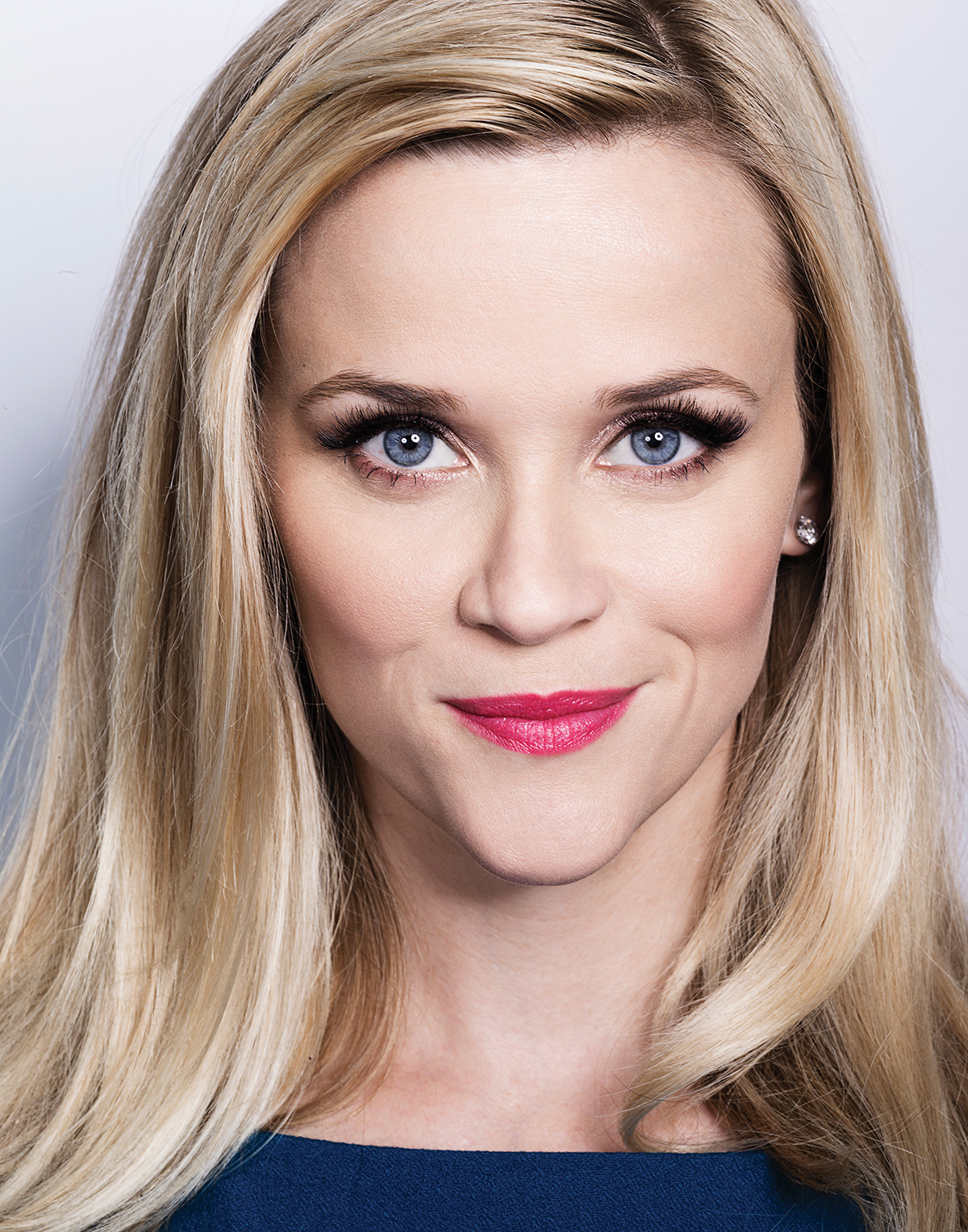
His portrait of Reese Witherspoon is another example of capturing a moment just as he was saying something humorous but, in his words, “bordering on the inappropriate.” As he remembers, “This was her genuine response to something I had just said and it was right before she laughed, to cover up her surprise.”
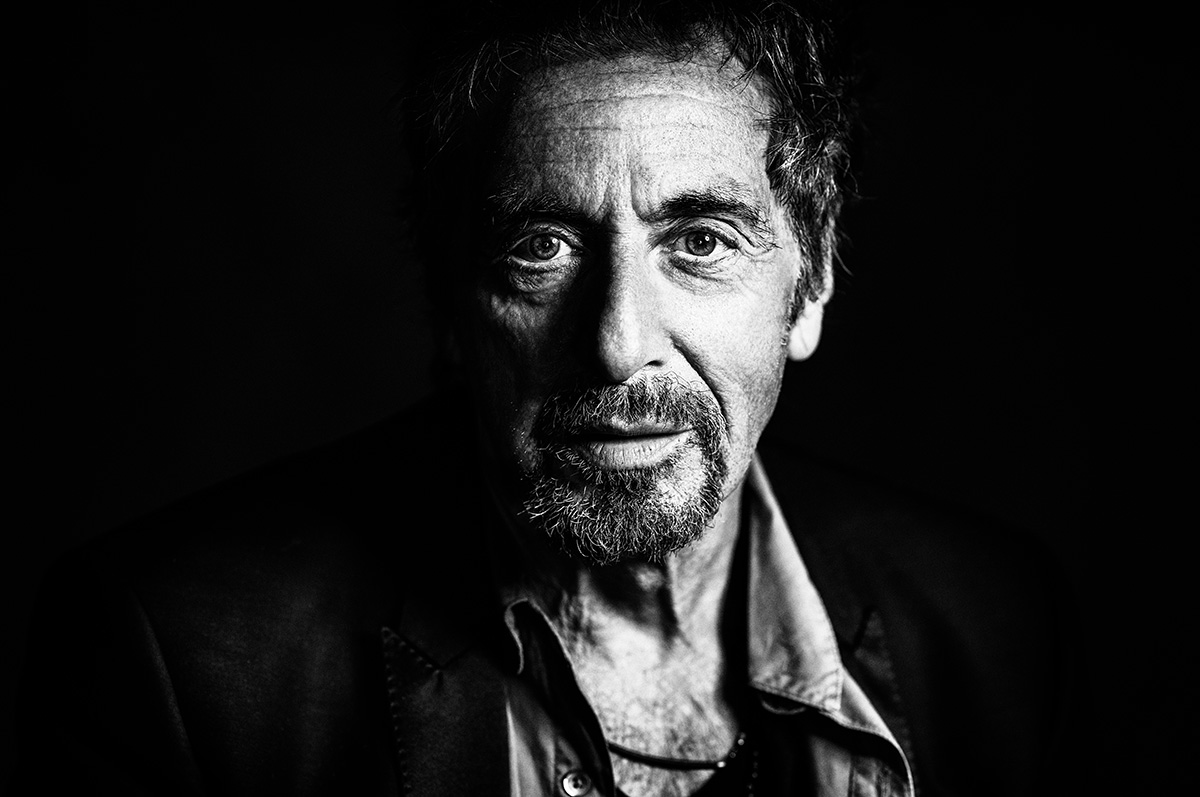
Recognize That Every Session is Different
“There’s no special sauce to creating a winning portrait. Every person is a challenge,” says Mann. “You have to be a quick judge of character and treat every person as an individual.”
To get his compelling portrait of Al Pacino, Mann took some preliminary shots but felt they were dull. “I changed course and started asking him some questions about his day and how much press he’d been doing all day. Incidentally, I never say something like, ‘I loved your last movie,’ to a celebrity. That’s an instant turn-off. They’ve heard that a million times and it goes nowhere. I got more images but I thought they were too smiley. So I decided to take a real risk. I knew we had connected so I asked him if I could get an ‘Al Pacino’ face. His entire expression changed, and I got what I wanted. Perfect!”
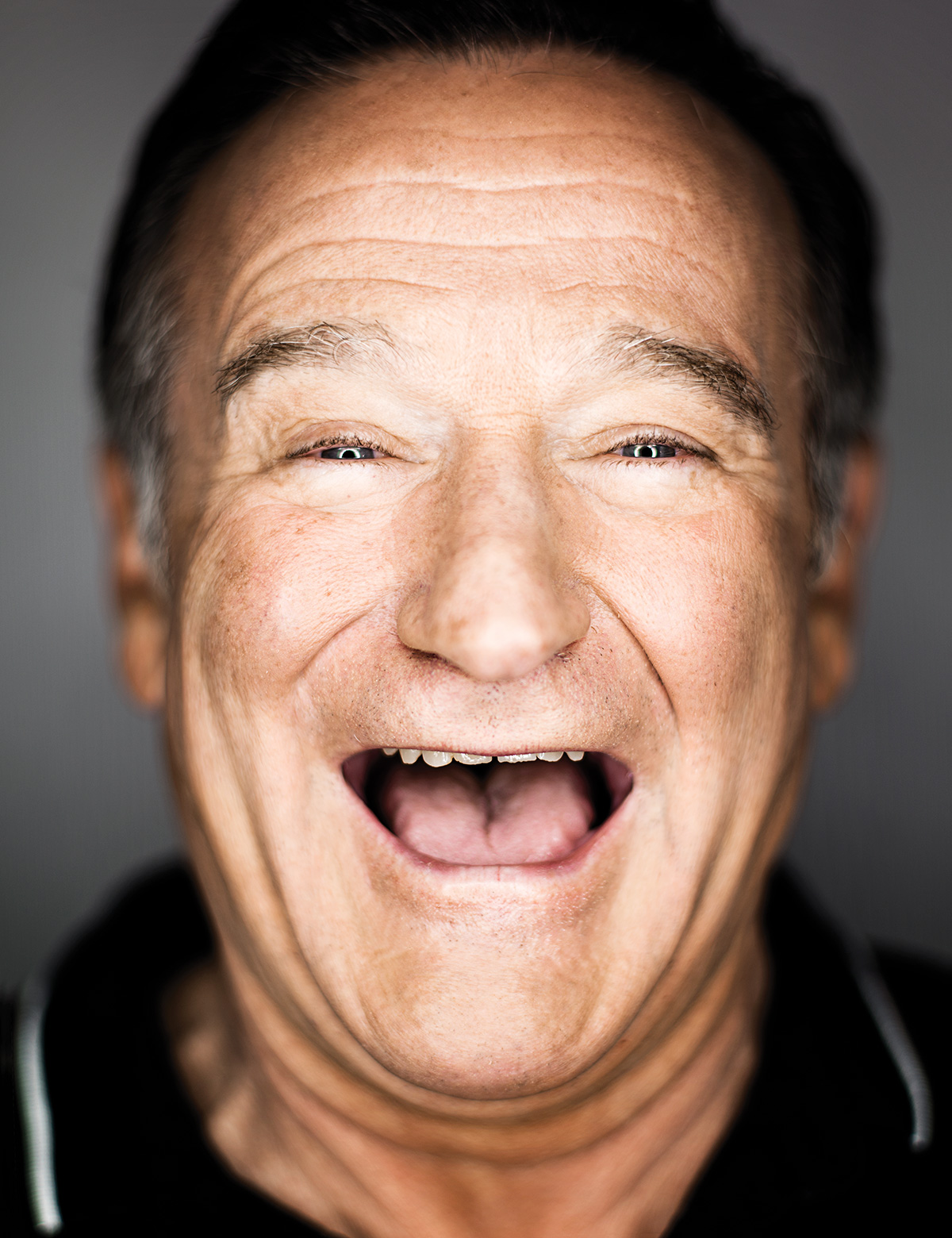
While celebrities are often in a hurry—a 10- or 15-minute session is not uncommon—some can be more generous with their time. “You have to become a gauge of that,” says Mann. He remembers meeting Robin Williams for a portrait about a year before Williams died. Once the comedian heard Mann’s Scottish accent, he was off and running. “Robin started performing dialog from his ‘Mrs. Doubtfire’ movie and then segued into Mel Gibson in ‘Braveheart’ and then mimicked other Scottish characters including the comedian Billy Connolly. We had a great time talking and laughing. I knew we had 20 minutes, so I felt I didn’t have to pick up my camera as soon as he started talking. Instead, I enjoyed our back and forth.”
“With just five minutes left I raised my camera and got the picture I was after. If we hadn’t talked to one another for that 15 minutes I would never have gotten the shot I did. This was a case of not taking something from a subject but creating something with them.”
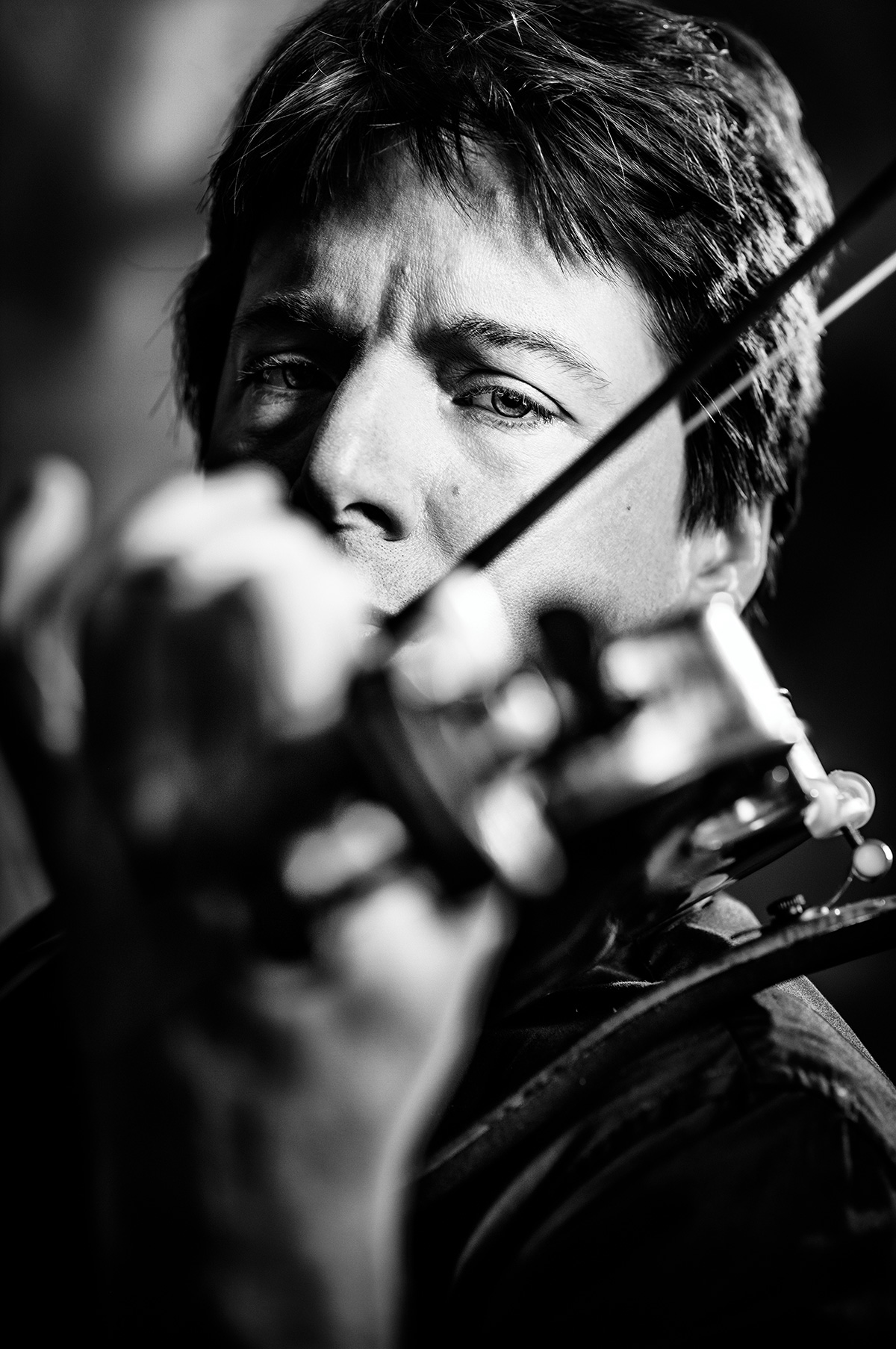
Practice Makes Perfect
“So many people ask me how can they get better at photography. I think it’s super simple; I tell them just practice.” says Mann. True to his word, several times a year he asks his Instagram followers to come to his studio for free portraits so he can practice. He often schedules sessions in which he makes 100 portraits over several hours.
“The reason I do this is not for technical reasons; I am confident about my lighting setups and knowing how to make a photograph,” he says. “But I want to continually practice how I can best connect to someone I am meeting for the first time. I know I only have five to six minutes with each person to make a connection and that’s what I continually practice. It’s as important a part of my craft as composition and lighting.”
Someone recently asked Mann why, after all these years, he still needed to practice connecting with people. He told the story about the day noted violinist Joshua Bell came to his studio for a portrait. “He took out his violin and began playing it while we were setting up his lighting,” remembers Mann. “I walked over to him and thanked him for playing for us; it was so beautiful. But he told me, ‘I’m not playing for you, I am practicing.’ He explained that he practiced three to four hours every day. I never forgot that. If you want to maintain your skill level, you must practice.”
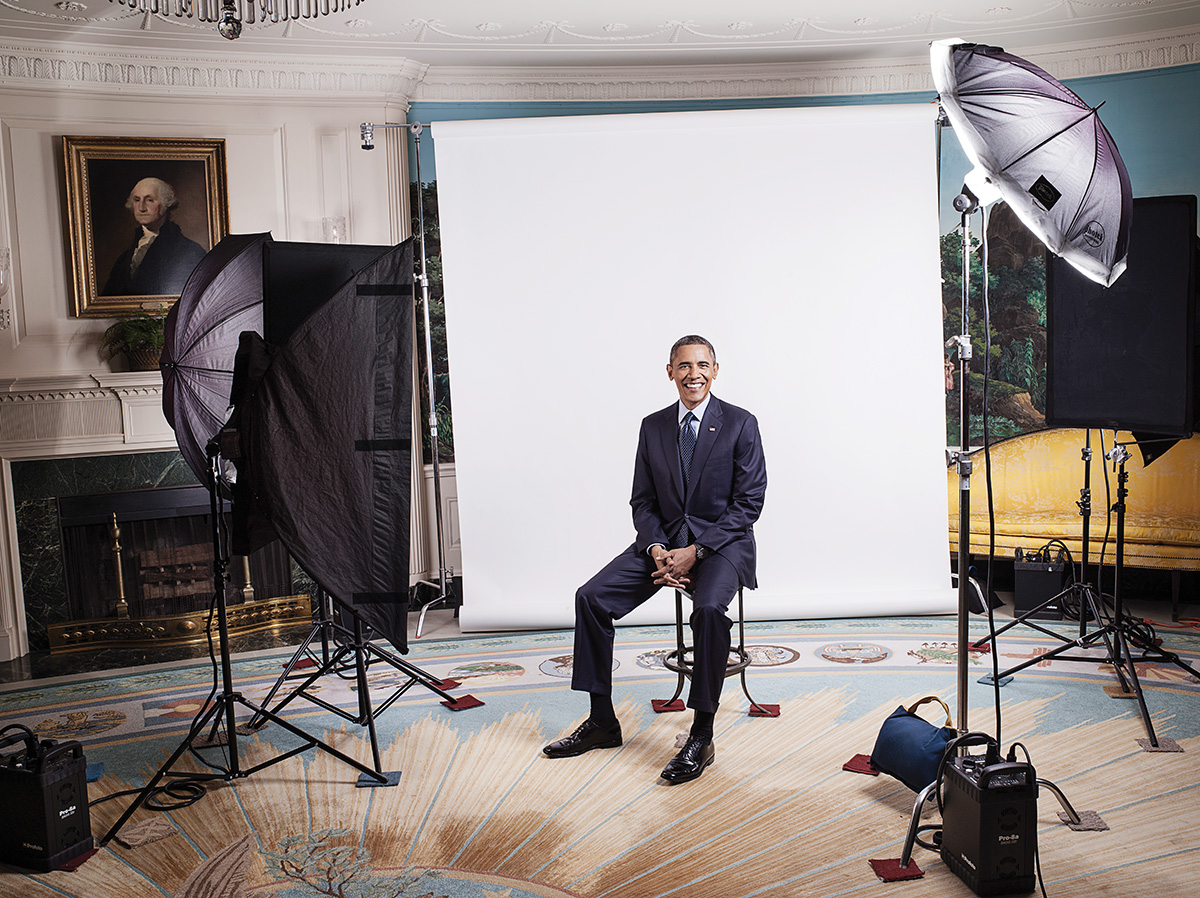
Show no Fear
“No matter what happens during a shoot, you should never show any fear. Why? People can smell fear a mile away. The more confident you are in what you’re doing, the more confident they will be in what they are doing. My motto: Outer calm, inner panic.”
Mann confesses: “Say that the first shot of a session comes up onto a tethered computer and you see that it’s horrible—the composition is crap, it’s four stops over, and it’s out of focus—what you have to do is say, ‘Oh my god! That’s fantastic! You look beautiful!’ The subject will then think, Hmmm, this guy’s all right, and they’ll relax. If they smell fear they will close the window. If you seem unconfident they will pick up on that and invariably think they are doing something wrong. That’s hard to recover from. However, if you’re still not getting what you want after 10 to 20 shots, don’t be afraid to try something different. Move a light, change the music. But don’t lose them.”
While photographing President Barack Obama in the White House, Mann admits he was so nervous that he started clicking away before he even introduced himself. “It was so unlike me,” he says. “So I stopped and told him who I was and what an honor it was for me, a wee lad from Glasgow, to be with him in the White House. You could see him relax, and his expression changed because now I had his full attention, and we had connected. I raised my camera again and got the 10 to 12 frames I needed just before his eyes glazed over and he ended the session. By the way, the eyes never lie; in this case, they told me he’d had enough. In other words, the eyes are open, but the window is closed."
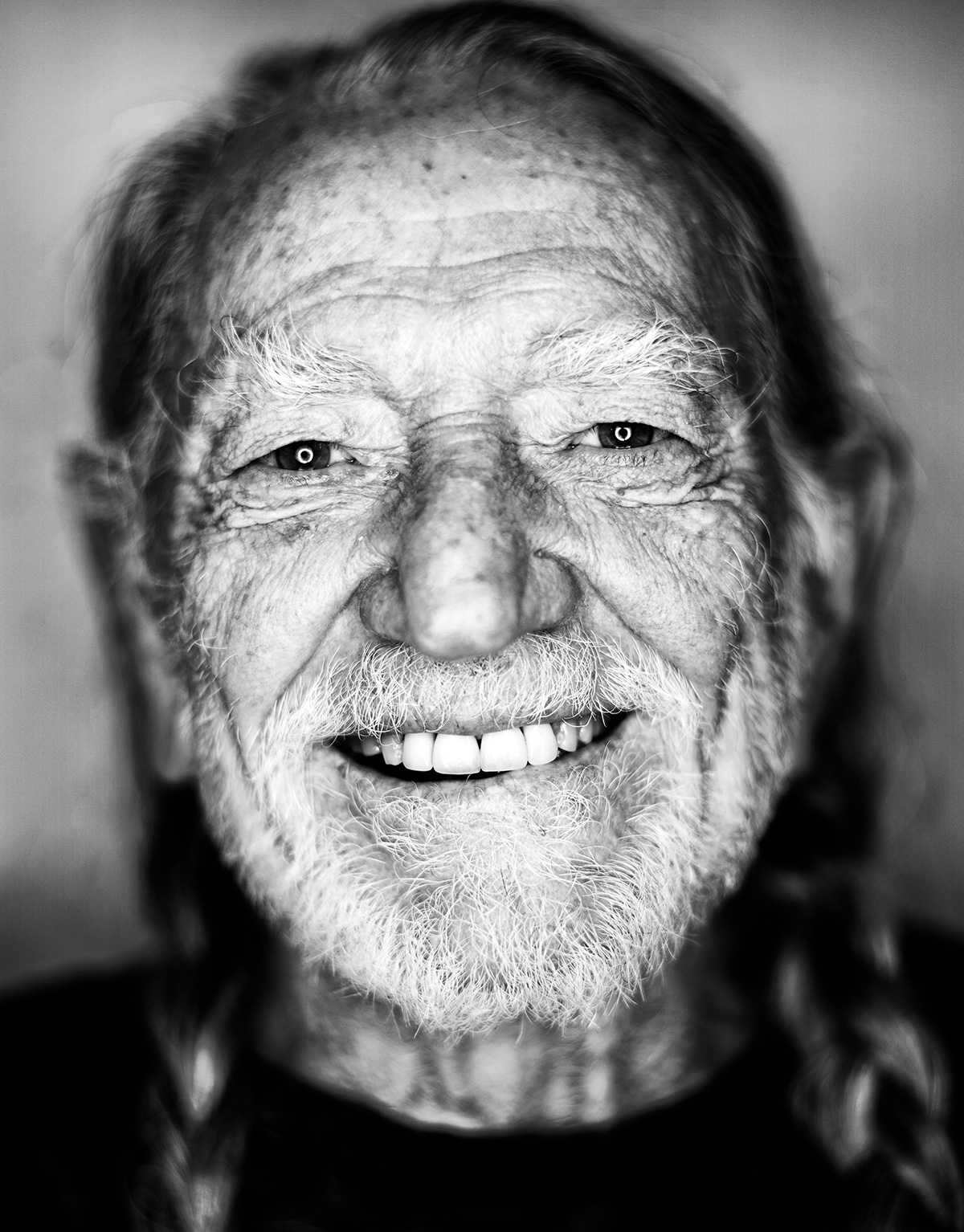
Wit Wins
No matter how skilled or experienced or gifted Mark Mann is, he admits that some photographs come down to reacting to the moment. He smiles broadly as he recalls the day he finally landed a brief session with Willie Nelson. “He was not in the best of moods,” says Mann. “And getting him to smile seemed close to impossible.”
Undeterred, Mann held up his camera in front of his face and bravely asked the iconic musician and actor, “Mr. Nelson, any chance I could see that famous smile?”
“I only smile when we’re finished taking photos,” Nelson replied.
Mann paused for a beat, took a deep breath and said, “We’re finished.”
Nelson loved the answer and cracked a massive smile.
Click!
RELATED: Mark Mann gets right in your face
Robert Kiener is a writer in Vermont.

 View Gallery
View Gallery


